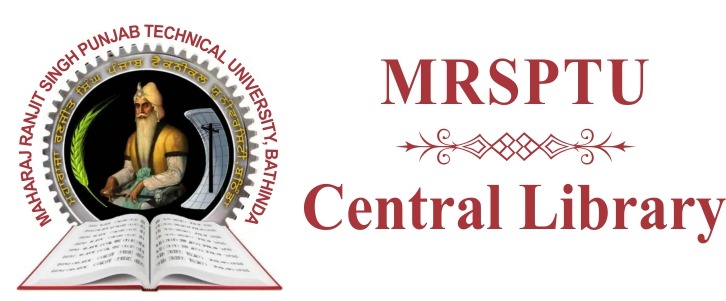Please use this identifier to cite or link to this item:
http://localhost:8080/xmlui/handle/123456789/775Full metadata record
| DC Field | Value | Language |
|---|---|---|
| dc.contributor.author | Singh, S P | - |
| dc.contributor.author | Sharma, A | - |
| dc.contributor.author | Kumar, R | - |
| dc.date.accessioned | 2023-07-25T10:10:52Z | - |
| dc.date.available | 2023-07-25T10:10:52Z | - |
| dc.date.issued | 2020 | - |
| dc.identifier.issn | 1873-703X | - |
| dc.identifier.uri | https://doi.org/10.1016/j.comcom.2020.09.005 | - |
| dc.identifier.uri | http://localhost:8080/xmlui/handle/123456789/775 | - |
| dc.description.abstract | The work discusses the evolution of communication models and technological aspects for developing inclusive platforms. The paper gives illustrations and graphical presentations about components of the inclusive platform. An inclusive platform consists of fog devices that can collect the fitness data, geospatial data and mobile call details from the people who are in need of help from the government agencies. The paper discusses the controversies around the definition and qualification of the informal economy as well as presents a simulated scenario. The case presented here gives an insight on how fog devices and data mining can be used for bringing people into main fold of the economy. The inclusiveness index of the person is computed on the basis of four aspects. The first aspect is the fitness, the second is his inner social circle, third is her/his reliability to remain in a place, and last is call analysis. While computing the fitness index, it was found that Naive Bayes (NB) algorithm has the maximum accuracy with respect to K-Nearest Neighbors (KNN), Decision Tree (DT) and Linear Discriminant Analysis (LDA). For computing inner social circle, Louvain algorithm helped to compute stability and strength of socio-economic ties of the individual. For geospatial and call analysis, insights from knowledge discovery algorithm such as FP-Growth helped to arrive at decision to qualify the person for inclusive program. The paper ends with details on how to automate the inclusiveness index computation using neural network. The research indicates that energy is the key constraint for implementing such programs. Hence, a theoretical analysis about energy efficiency is also explained in the paper. | en_US |
| dc.language.iso | en | en_US |
| dc.publisher | Computer Communications 163 | en_US |
| dc.relation.ispartofseries | ;65-83 | - |
| dc.subject | Designing of fog | en_US |
| dc.subject | FBCMI2E Model | en_US |
| dc.title | Designing of fog based FBCMI2E Model using machine learning approaches for intelligent communication systems | en_US |
| dc.type | Article | en_US |
| Appears in Collections: | Research Papers | |
Files in This Item:
| File | Description | Size | Format | |
|---|---|---|---|---|
| Kindly contact to the Central Library.docx | 11.36 kB | Microsoft Word XML | View/Open |
Items in DSpace are protected by copyright, with all rights reserved, unless otherwise indicated.

